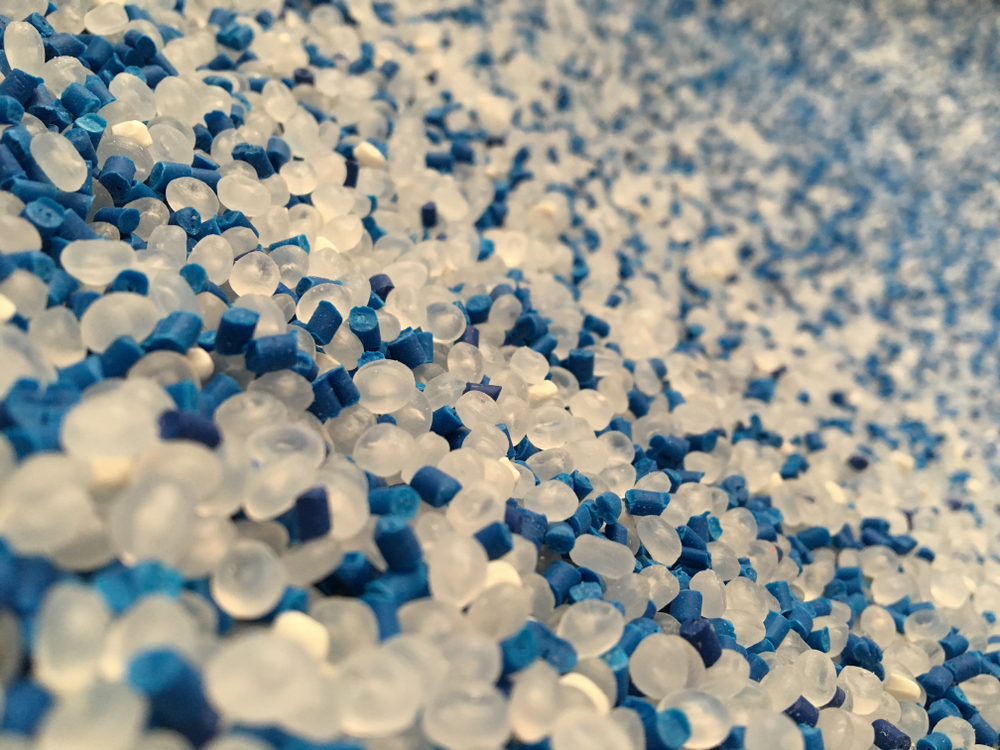
Plastic Injection Molding Selection Guide
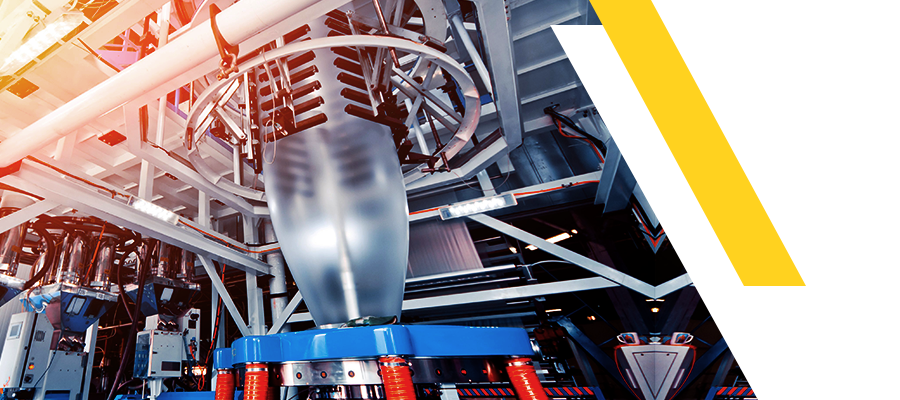
Do you know that the global plastic injection molding size is expected to reach 423.7 billion dollars by 2030 at a CAGR of 4.2% from 2022 to 2030. That means that injection molding is a big considerable part of the plastic industry. That’s why we are going to take you through this technical process in this article to answer all your questions such as:
- Which to choose for injection molding thermosetting or thermoplastic?
- What about the injection molding manufacturing process?
- How to choose the right mold?
- What are the most common plastic injection molding materials?
- How to calculate the lead time for the injection molding process?
- How to manage cycle time in injection molding?
- What are the industries that use plastic injection molding most?
1. Thermoplastic vs Thermosetting: which to choose?
There are many differences between thermosets and thermoplastics, you have to know them to take the right decision:
Starting with thermoset molding, thermosets are strong tough material. To mold it you will depend on specific techniques that use pressure and heat during the process. After curing the material, it is shaped and becomes inflexible and hard. It offers accuracy and quality, and you can reuse it.
When it comes to Thermoplastics, you can start by heating up the pallets until they become soft enough to melt them down into a liquid state. When it cools, you can inject it into the mold, and it will be hard after 10 seconds.
You have to consider that thermoplastic molding is cheaper than thermoset molding. Here comes the critical question: “How to determine which one is best for your project?”
Both have advantages and disadvantages. Regarding the production process; thermosets cannot be reformed as thermoplastic injection molds. Every type of them suits a specific range of applications. Thermoplastic suits flexible applications such as packaging. Thermoplastic will be perfect for rigid applications such as dental tools and electrical devices.
2. What about the plastic injection molding manufacturing process?

Did you know that 80% percent Eighty percent of plastic parts you deal with in your daily life are made through injection molding process.
The injection molding machine starts with heating the plastic resins pellets to molt them. Then it injects them into an empty cavity under high pressure. Finally, it opens to eject the final part.
Here are the main steps for injection molding process:
- Choosing the right material and the perfect mold
You have to choose the mold design that allows you to eject the parts. The type of the material also is an important factor in the injection molding process.
- Feeding and melting the material
Here comes the machine role that presses the 2 parts of the mold against each other, then heating the material and pouring it into the screw. These steps can easily soften the pallets of the plastic to transform it to molten material.
- Injection the plastic into your mold
Now comes the injection step. Here you can inject the plastic material under the effect of the high pressure and heat.
- Holding under pressure and cooling
This step represents cooling the plastic through the machine cooling channels.
- Finishing processes and ejection
You can finish the process by ejecting the part and repeating it with the next part.
3. How to choose the right mold?
Before the injection molding process starts, you must choose the right mold and consider how the material and the mold interact together, because some material might not be perfect for some mold designs.
The mold and the mold tool are made of 2 parts: the core and the cavity.
The core is the moving part that fits the cavity.
Mold tools must be designed to produce complex components. Injection molds are made from aluminum or steel.
First you must test the tools with your materials to ensure that the final product has perfect properties. Every type of material is appropriate for use in specific types of molds.
4. What are the most common plastic injection molding materials?
Choosing the right material for your project seems to be confusing. That’s why you have to consider every material pros & cons. Here are the commonly used injection molding materials:
- PC (Polycarbonate)
Polycarbonate has unique characteristics such as toughness, transparency, heat & impact resistance, stability and dimensional accuracy, good electrical insulation, and strength.
Polycarbonate is commonly used for greenhouses, car headlight lenses and medical devices. You cannot choose PC material for food storage application as it contains BPA. It is used to manufacture light pipes, diffusers, and windows.
- PE (Polyethylene)
Polyethylene has unique properties. Its Hardness and rigidity are low. It has high impact strength and Waxy texture, and high electrical resistance. it turns into liquid at melting point (110-130°). It is the most used polymer in the world. It is used in many applications such as grocery bags and wire insulation.
- ABS (Acrylonitrile butadiene styrene)
ABS has unique properties that makes it perfect material for manufacturers in various fields such as automotive industry, building and construction. Lightweight is the most important feature for ABS. It also offers tensile strength and surface hardness. It is a cost-effective material. It has some disadvantages such as sensitivity to solvents.
- PP (Polypropylene)
PP is used widely in commercial production, as it has special qualifications, such as chemical resistance, flexibility, low electrical conductivity, safety to use on food, low water absorption, and the important one is that PP keeps products’ costs low.
- PS (Polystyrene)
Polystyrene is a solid plastic material made by stringing or polymerizing together, it has special properties such as Perfect dielectric strength, low heat resistance, and is easy to process. These perfect properties made Polystyrene (PS) ideal for many applications like car parts, air conditioners and electronics.
There are also many materials to use in injection molding such as acrylic (PMMA), Nylon Polyamide (PA) and Polyoxymethylene (POM).
5. How to calculate the lead time for the injection molding process?

Lead time is a main factor in the injection molding process. It presents the amount of time that the entire process takes.
This time changes due to many variables such as the efficiency of the plastic company, the final product design, and the advancement of the injection molding machine.
That’s why you have to ask about the design before deciding the cost or the time needed to finish the process.
The question remains; how to calculate it?
You have to be specific, measure the amount of time you need to create the mold, then the time to create the approach or the style that is dependent on the fabrication and the design.
If you are asking yourself now: “Can I cut down the lead time for injection molding?.” The answer is yes you can do it by collaborating with the manufacturers and putting communication lines between them.
Make sure that you will provide all the requirements. With these steps, you will not only cut down the lead time but also you will save costs.
When it comes to standard time for single cavity and single gate mold will normally take from two to three weeks to achieve the minimum production volume of 10.000 units max.
When it comes to the volume that exceeds 10.000 units, the lead time will be more than one month.
6. How to manage cycle time in injection molding?
The cycle time of the injection molding process affects the company capacity and the total cost. Every company aims to keep the cost at the lowest rate with cooperation with project managers and engineers. They also do not want to affect the quality and the accuracy.
You cannot put accurate cycle time alone; you may need help from experts and experienced injection molded in scientific molding. They have practical experience so they can expect the possible cycle time.
The experts will rely on many factors to know if the cycle time will increase. Look at these variables to know how they measure such as:
- Wall thickness.
- The Design
- Material Type
- Mold cooling design & mold material
7. What are the industries that use plastic injection molding most?
Nowadays, there are many professional and experienced injection molders that can develop various plastic designs.
That is why many industries can benefit from the injection molding process with its durability and high quality. Find out what these industries are
- Food & beverage industry.
- Automotive industry.
- Medical industry
- Transportation
- Pharmaceutical
- Construction
Suggested Blogs
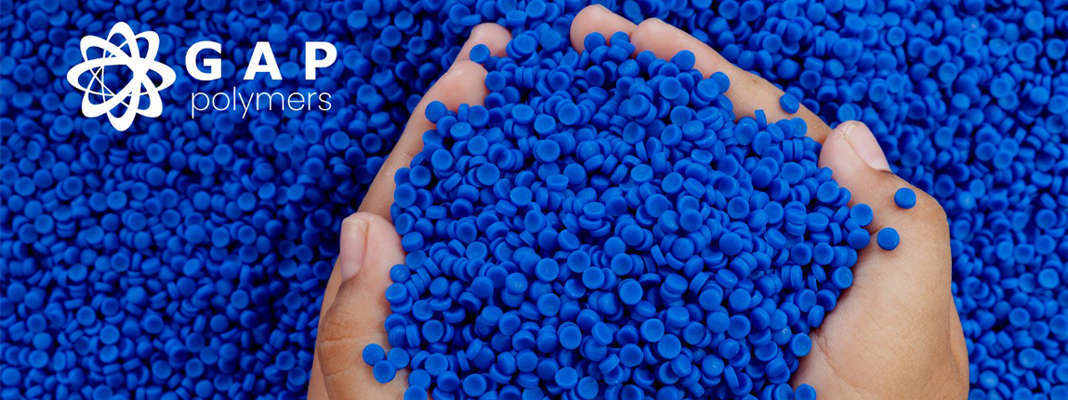
Exclusive vs. Non-exclusive Distributor
GAP Polymers Team
Have you ever wanted to know the difference between the exclusive and the non-exclusive polymer distributers, GAP polymers will help you to know the main differences between them.
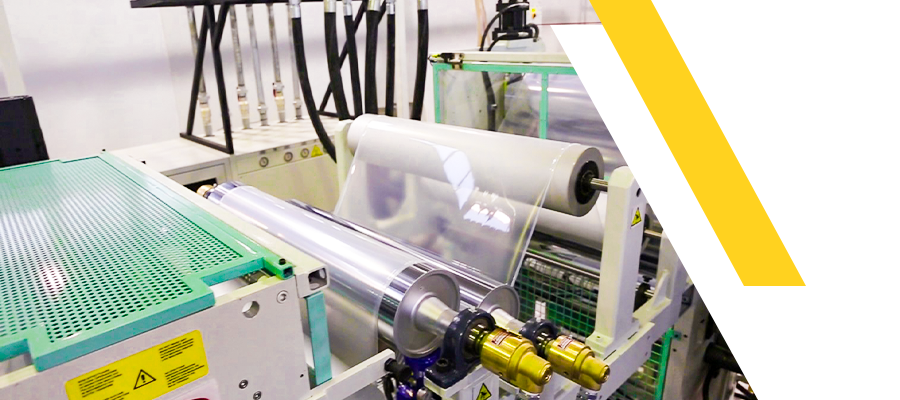
An Overview of Polypropylene Thermoforming Process
GAP Polymers Team
PP is the second most popular plastic resin in the world used across many industries. Thermoforming PP has become a process of choice for many manufactures due to its versatility low cost , and more.

Weekly Plastic News & Resins Pricing
GAP Polymers Team
A weekly coverage of all you need to know about the international plastic industry including resin pricing, trends, market insights, and more.
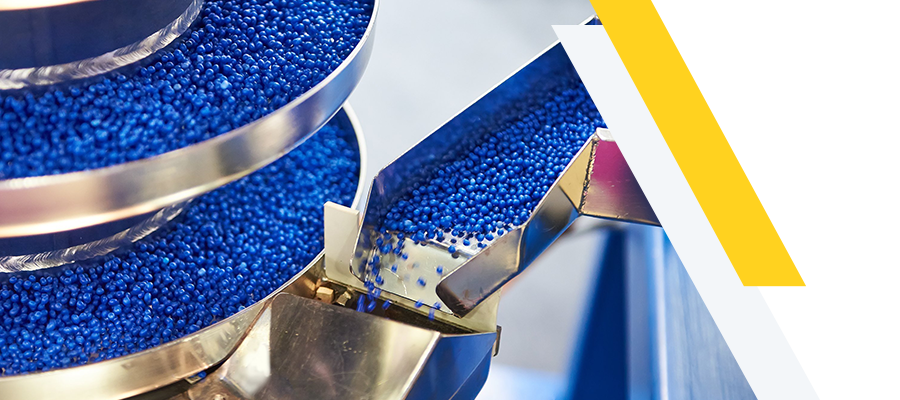
A Deeper Look Into Plastic Manufacturing Industry
GAP Polymers Team
Keep up with the rapid changes of the plastic manufacturing industry and dive deep into what shapes the polymer industry and how to choose the best raw material supplier for your business.
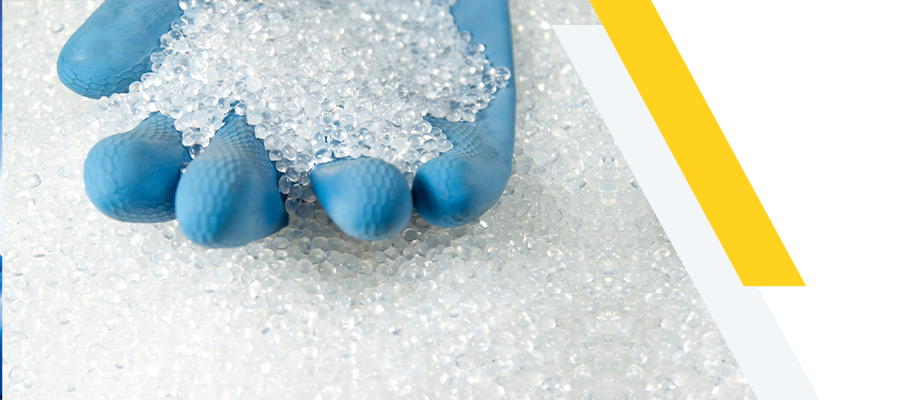
Polymer Industry Updates: What's coming up in 2023?
GAP Polymers Team
2023 is a critical year in the polymer industry at all levels. Global polymers market size is expected to grow finally after the economic recovery from the pandemic.

Top Plastic Raw Material Suppliers
GAP Polymers Team
The polymer industry is facing continues challenges and choosing the best supplier is getting harder. Look no further and explore the full list of the top plastic raw material suppliers.